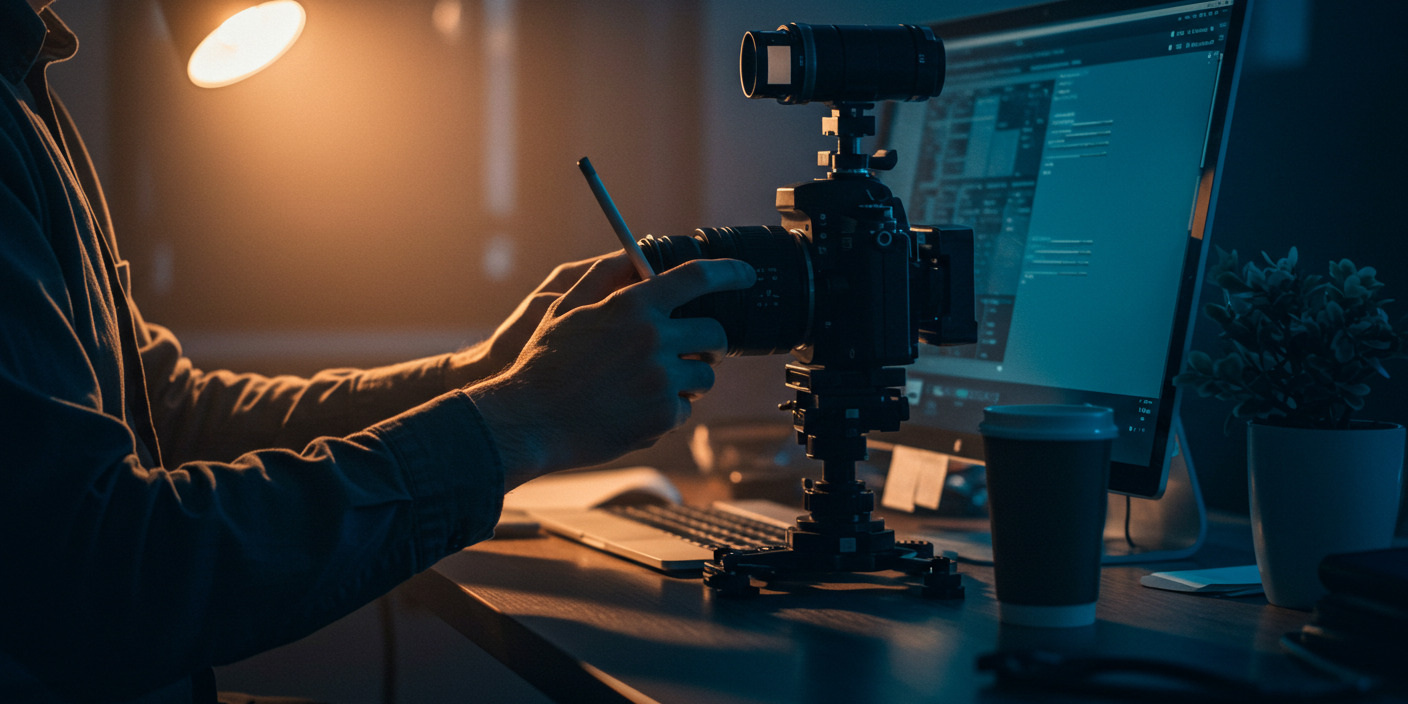
Not too long ago, creating high-quality marketing content was a slow, manual grind. Brainstorming ideas, writing drafts, designing visuals — it all took time, money, and a talented team of creatives working overtime to keep up with the demand for fresh material.
Fast forward to today: generative AI is changing the rules. AI models can now write blog posts, design ad creatives, draft social media updates, and even generate product descriptions faster than most human teams can organize a kickoff meeting. But is it all hype? Or are we actually looking at a true transformation of business marketing?
The answer, as with most things, lies somewhere in between. Let’s dig into how generative AI is reshaping the content landscape — and where the real opportunities (and risks) are.
Where Generative AI Is Actually Making a Difference
First, let’s be clear: not all AI-generated content is created equal. Early on, AI writing tools churned out content that sounded like a seventh grader bluffing a book report. But today’s large language models (LLMs) like GPT‑4, Claude, and others have gotten much, much better.
Here’s where AI is actually delivering value:
-
Speed: Brands can spin up first drafts, ideation lists, video scripts, or ad variations in minutes instead of days.
-
Scalability: You need 50 versions of an ad headline for A/B testing? No problem. AI can generate them in one sitting.
-
Personalization: AI can tweak tone, format, and content style based on target segments — something nearly impossible at scale without automation.
Real-World Examples: How Brands Are Using AI Today
It’s not just startups experimenting with AI content generation. Big players are getting in too:
-
Coca-Cola launched an AI-powered marketing campaign called “Create Real Magic” using OpenAI’s DALL·E and ChatGPT. It invited users to generate artwork based on Coca-Cola’s brand assets, blending AI creativity with human imagination.
-
Nestlé is using AI-generated content to support its digital marketing across brands like Nespresso and Purina. By automating parts of the creative process, they’ve accelerated campaign launches and personalized digital experiences.
-
HubSpot embedded generative AI into their marketing platform to help users create email drafts, blog posts, and social copy faster — giving small businesses access to the kind of marketing scale they couldn’t afford before.
These aren’t niche projects. They’re mainstream, strategic moves.
But Let’s Be Honest: It’s Not a Silver Bullet
Generative AI is powerful, but it’s far from perfect. Here’s where the cracks show up:
-
Originality Still Matters: AI models are great at remixing existing ideas but struggle to create truly new insights. If everyone relies on AI, content risks becoming repetitive and predictable.
-
Quality Control Is Non-Negotiable: AI can produce convincing-sounding nonsense. It can hallucinate facts, mangle brand voice, or accidentally generate offensive outputs if not carefully managed. Human editing isn’t optional — it’s essential.
-
Ethical Gray Areas: Who owns AI-generated content? Are you infringing copyrights if your AI training data included someone else’s work? These aren’t theoretical questions. They’re already showing up in lawsuits against AI providers.
Brands that rush headfirst into using AI without guardrails risk not just embarrassment, but legal trouble.
Is Generative AI Really Game-Changing for Marketing?
Yes — and no.
It’s not “game over, humans.” Creativity, storytelling, empathy — these are still deeply human domains. You can’t just hand your brand voice to a machine and walk away.
But if you think of AI as a force multiplier—a tool that handles grunt work, accelerates brainstorming, and helps your best ideas get to market faster — it’s absolutely game-changing. It levels the playing field for smaller teams. It empowers big brands to scale personalization in ways they couldn’t before.
The marketers who thrive won’t be the ones who write the best prompts. They’ll be the ones who blend AI speed with human insight to create work that still feels alive, emotional, and real.
Final Thoughts: Creativity Augmented, Not Automated
Generative AI won’t replace marketers. It’ll replace marketers who refuse to adapt.
The real revolution isn’t just faster content creation. It’s in freeing up creative teams to focus on what machines can’t do: finding fresh angles, telling authentic stories, and building emotional connections.
If you’re in marketing and still sitting on the sidelines, waiting to see if AI “catches on” — you’re already behind. The tools are here. The opportunity is real. And the brands who start blending human creativity with AI efficiency now will be the ones setting the tone for what marketing looks like tomorrow.
Not automated. Augmented.
And that’s where the magic really starts.